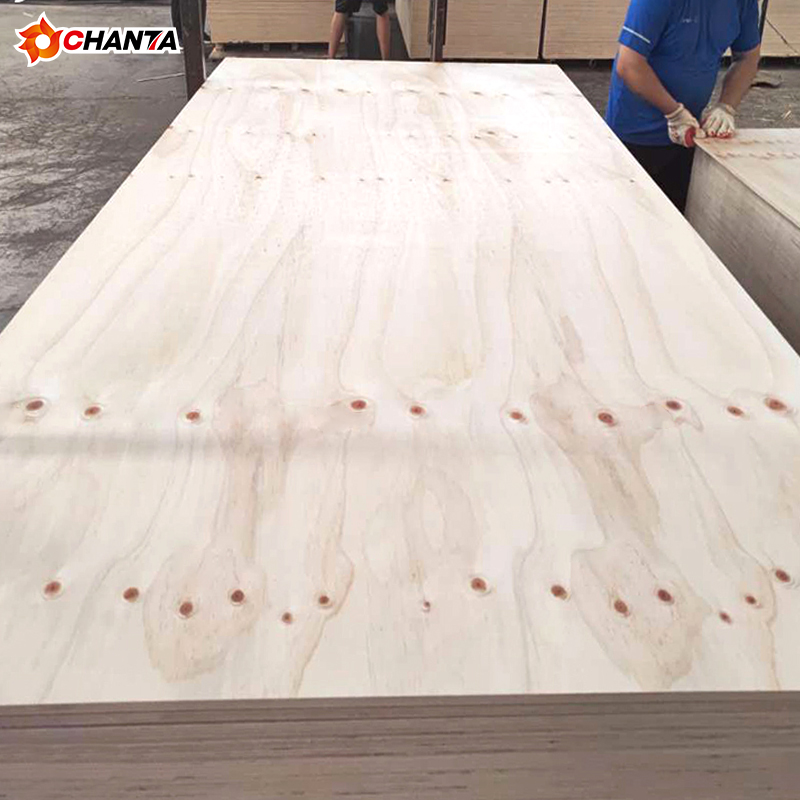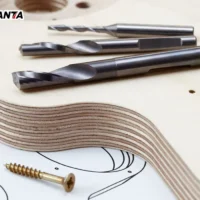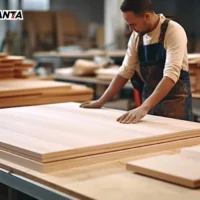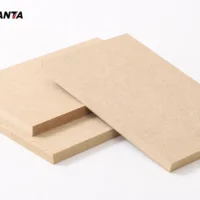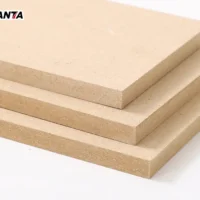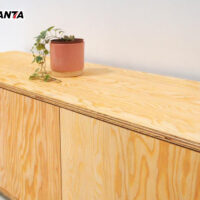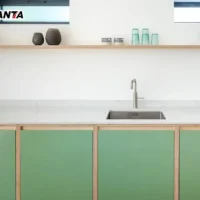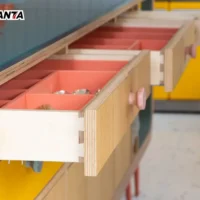Commercial plywood is one of the most versatile and widely used wood products in construction and furniture manufacture. Its unique structure and reliable production process ensure both strength and durability. In this article, we will explore the composition of commercial plywood, the types of wood commonly used, and how the manufacturing process guarantees a high-quality final product.
1. Basic Structure of Commercial Plywood
Commercial plywood is composed of multiple layers of thin wood veneers, also known as plies. These veneers are typically arranged in a cross-grain pattern, meaning that the direction of the wood grain alternates with each layer. This arrangement helps to balance the tension within the panel, improving its stability and preventing it from warping over time.
The number of layers in plywood can vary depending on its intended use. Thicker plywood panels have more layers, which increases their strength and ability to bear weight. Typically, commercial plywood has three or more layers, making it suitable for both light and heavy-duty applications.
2. Common Types of Wood Used
Different types of wood can be used to produce commercial plywood, depending on the desired qualities of the final product. Some of the most commonly used wood species include:
- Birch: Known for its fine grain and smooth surface, birch plywood is often used in furniture and cabinetry due to its aesthetic appeal.
- Poplar: Lightweight and affordable, poplar plywood is frequently used in applications where the plywood will be hidden or painted.
- Eucalyptus: This type of wood offers a balance between cost and performance, often used for both interior and exterior applications.
These types of wood are selected based on factors such as availability, cost, and the desired strength and appearance of the finished product.
3. The Role of Adhesives in Plywood Construction
The adhesive used in the construction of commercial plywood plays a crucial role in its strength and durability. Typically, phenol formaldehyde or urea formaldehyde is used as the binding agent. Phenol formaldehyde is known for its water-resistant properties, making it suitable for outdoor or moisture-prone applications. On the other hand, urea formaldehyde is commonly used for interior-grade plywood, where moisture exposure is minimal.
These adhesives help bond the layers of wood together under high pressure and temperature. The bonding process ensures that the veneers stay firmly in place, even under heavy loads or during long-term use.
4. Manufacturing Process: Ensuring Strength and Durability
The manufacturing process of commercial plywood begins by peeling logs into thin veneers. These veneers are then dried to reduce their moisture content, which helps improve the bonding between layers. Once dried, the veneers are arranged in alternating grain directions to create a balanced structure.
Next, the layers are coated with adhesive and pressed together under high pressure and temperature. The combination of heat and pressure activates the adhesive, creating a strong bond between the layers. This process not only ensures that the veneers remain securely attached but also enhances the overall strength and rigidity of the plywood.
After pressing, the plywood panels are cut to size and sanded to achieve a smooth finish. At this stage, the panels are inspected for defects, such as gaps or uneven bonding, to ensure they meet quality standards before being packaged and distributed.
5. Conclusion: A Well-Engineered Product
In conclusion, the composition and manufacturing process of commercial plywood are designed to produce a high-quality material with excellent strength, durability, and versatility. By carefully selecting wood species like birch, poplar, or eucalyptus and utilizing strong adhesives, manufacturers ensure that each panel is built to last. The cross-grain structure, combined with the heat-pressing process, enhances its stability and makes it a reliable choice for a wide range of applications. Whether used in furniture, interior finishes, or construction, commercial plywood remains a popular and effective material due to its carefully engineered design and construction.














